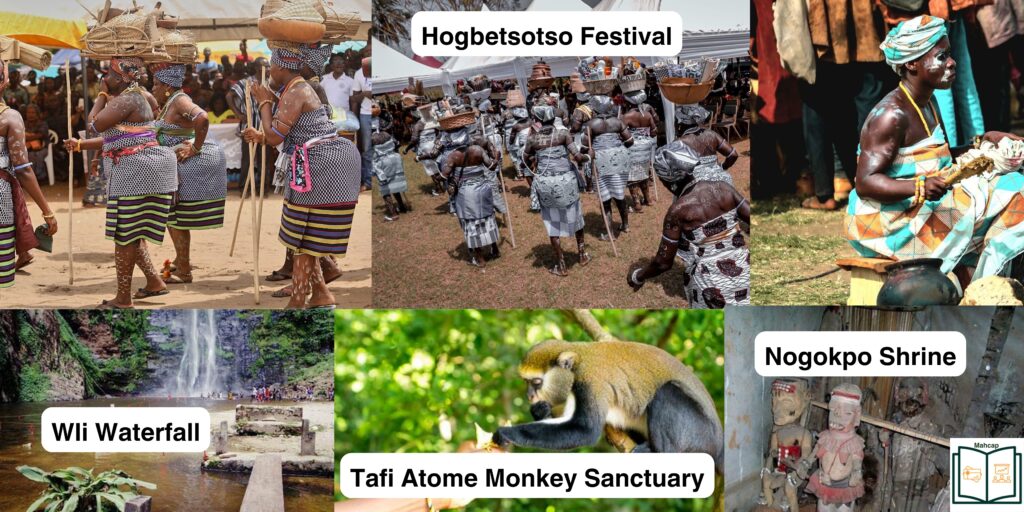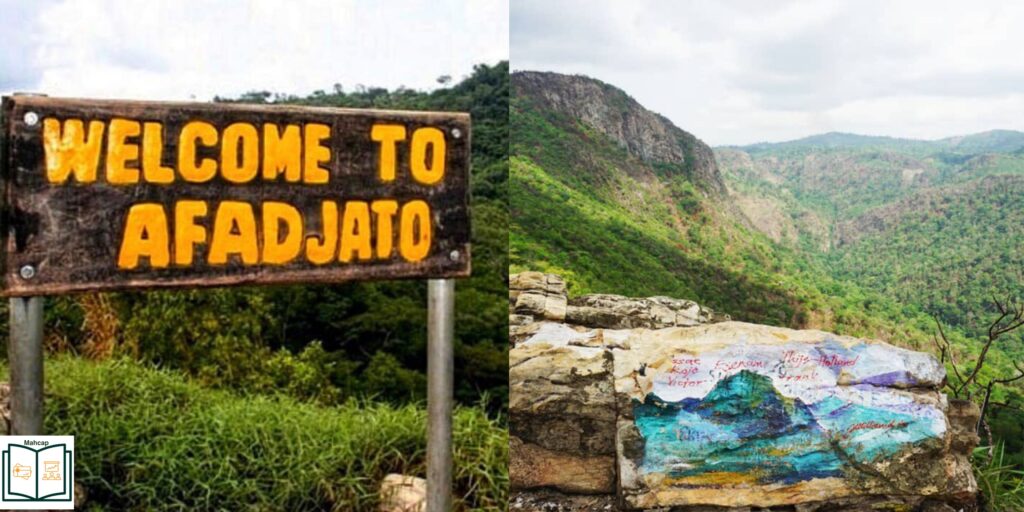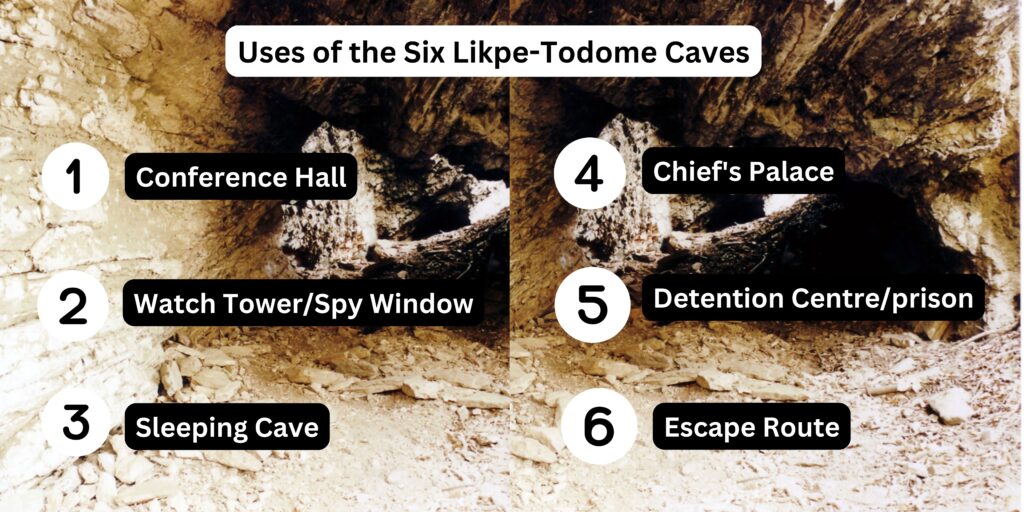Tourist Attractions in the Volta Region of Ghana
The Volta region, with its mountainous landscape, is the most beautiful region in Ghana. Anyone looking forward to a serene and peaceful time in Ghana should target the Volta region Attractions.
Brief History of the People of the Volta Region
The Volta Region is home to the Ewe ethnic group in Ghana. The Ewe’s eventually settled in the present-day Volta Region through several migrations. They first settled in areas including Hohoe, Ho and Tsevie. Culturally, the Ewe traditional religion holds Mawu as the supreme God, who created numerous lesser deities that play vital roles in influencing a person’s destiny. The Ewe people strongly believe in the power of their gods and ancestral spirits.
Top Tourist Attractions in the Volta Region of Ghana
Hogbetsotso Festival
One of the notable festivals among the Ewe is Hogbetsotso, celebrated annually by the Anlo people to commemorate their escape from the oppressive rule of King Togbe Agorkoli in Notsie, Togo. The weeklong celebration, climaxing on the first Sunday in November, includes a grand durbar of chiefs held in Anloga, the traditional home of the Anglo-speaking Ewe. During the festival, there is drumming and dancing, with a unique tradition of walking backward to symbolize eluding their potential enemies. The Agbadza dance, originally a war dance resembling birds in flight, is a vigorous traditional dance performed to express joy and gratitude to their ancestors and gods.
Wli Waterfall
The Wli Waterfalls is the highest waterfall in Ghana and the tallest in West Africa, at 80 meters (260 ft) high. It is located in the Hohoe district of the Volta Region. The Wli waterfall is simply amazing; the spectacular white water of the Agumatsa River flowing down the steep cliffs into a large pool is a sight to behold.
Visitors can hike to the falls and enjoy the views along the way. There is a pool at the base of the falls for swimming. Also, the area around Wli Waterfall is home to a variety of bird species, including hornbills, sunbirds, and weaverbirds. Interpersonally, there is a small village near the waterfall where you can learn about the local culture and customs.
Socio-culturally, Wli Waterfall has the protection of the community, which is essential for eco-tourism development and preservation. The ancestral and guardian spirits of the rivers and mountains within the area also protect the place. Therefore, Wli Waterfall has vibes, fun, serenity, culture, and tales to satisfy tourists’ curiosity, fun, and learning needs. I have been there, and I enjoyed every moment of my visit.

Tafi Atome Monkey Sanctuary
Tafi Atome Monkey Sanctuary is a 25-acre reserve that is home to over 200 Mona monkeys. The monkeys are free to roam the sanctuary, and visitors can observe them from a safe distance. The sanctuary was established in 1996 to protect the monkeys from hunting and habitat loss and to educate the public about wildlife/monkey conservation.
Nogokpo Shrine
Nogokpo Shrine is a traditional shrine located in Nogokpo, a town in the Ketu South Municipal District. It is a powerful shrine known for solving problems and settling disputes.
The shrine is said to have been founded by Torgbui Saba, a powerful warrior who was also a priest. It is home to several deities, including Zakadza, the god of thunder and lightning. People from all over Ghana and West Africa visit the Nogokpo shrine to seek help with various problems, including health, politics, relationships, and business. The shrine spotlights the traditional culture and sacred beliefs of the Ewe people.

Mountain Afadjato
Mount Afadjato is the highest mountain in Ghana and West Africa. It is around Liati Wote and Gbledi Gbogame villages in the Afadjato South District and Hohoe Municipality. At an elevation of 885 meters (2,904 ft), Mount Afadjato is part of the Agumatsa Range, a sub-range of the Akwapim-Togo Mountains. It is a popular hiking destination that offers stunning countryside views if one can overcome the challenges of climbing to the top and conquering the 885-meter elevation. It is exciting to hike the mountain, and if I can, in a way, climb it with slippers, visitors can probably do better with the right hiking wear (trousers, t-shirt, and sneakers) and a water bottle.
Likpe-Todome Ancestral Caves
Likpe Ancestral Caves is a cultural heritage attraction representing an escapade, haven, hideout, and protection for the Ewe people from enemies. The people of Likpe were preparing to retaliate when a pregnant woman who went to the river/stream to fetch water was killed by their enemies. Therefore, when the enemies saw them sharpening stones to use as weapons, they gave them the name Likpewo, which means “sharpening of stones as war weapons.” Hence, Likpewo became Likpe with time. The six Likpe caves were used for different purposes.
- First Cave (Conference Hall): The first cave served as a meeting place for the elders to meet and undertake strategic war decisions.
- Second Cave (Watch Tower/Spy Window): The second cave was used as a watch tower for spying on enemies.
- Third Cave (Sleeping Cave): The third cave was a resting place and hideout.
- Fourth Cave (Chief’s Palace): The fourth cave served as the chief’s palace, where he held secret consultations with his elders on matters affecting the community.
- Fifth Cave (Detention Centre/Prison): The fifth cave was a detention cell for criminals, used to maintain law and order.
- Sixth Cave (Escape Route): The sixth cave was a public resting place and an escape route from enemies.

The purposes of the caves highlight the relevance of governance, leadership, law and order in society, even in periods of adversity and before the arrival of the Europeans. This is reflected in the caves dedicated to strategic planning meetings, the chief’s palace, and the detention centre. The caves are over 1000 years old and are a sacred site for the people of Lipke-Todome. They are also home to various rock paintings and carvings depicting scenes from Ewe mythology and history. Likpe-Todome Caves highlights the cultural heritage and history of the people of Likpe, as well as the lessons from the experiences of their ancestors.
Therefore, visit the Volta Region to experience the tranquillity, excitement, and rich culture.
By: Huzeima Mahamadu (Researcher and Storyteller).
